The mass media is now the dominant source of information about science and the environment (Dahlstrom, 2014). As humanity becomes increasingly urbanized, this is only going to become truer. While there is plenty to lament about the amounts of time people spend staring at screens, how might conservationists best turn the proliferation of media technologies to their advantage? Photojournalist, Lauren Owens Lambert investigates and shows examples of her work.
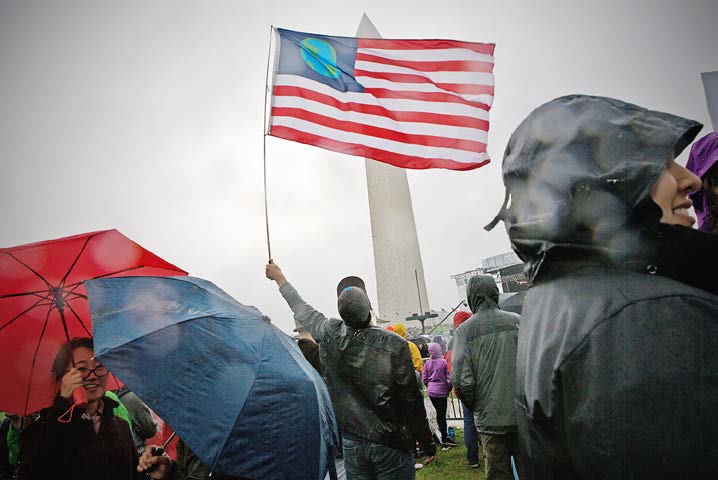
Q & A - Lauren Owens Lambert
Please tell us about your background and what inspired you to raise environmental awareness through photojournalism?
Honestly I have always wanted to do this. I was always interested in nature and art, very much the tomboy. I loved the natural sciences but I was an artist. Growing up with dyslexia, school was very difficult. No matter how much I worked at reading, spelling and math, I didn’t succeed but I could always do art. I succeeded. One day at a very young age, I was flipping through the pages of a National Geographic and had an epiphany.
There was someone on the other side of the lens, actually seeing this! Then my mom introduced me to her 1970’s Minolta camera. I further learned film processing in High School, which changed my life. As I was developing my passion, I could not help but feel that the earth was screaming for help. I swear, that for my entire life, I felt the wild was disappearing and humanity was taking over with no thought for the effects of their actions on the wild processes. Photography eventually would be my bridge from art to science. The camera is my key to accessing the scientific community and it is my key to learning.
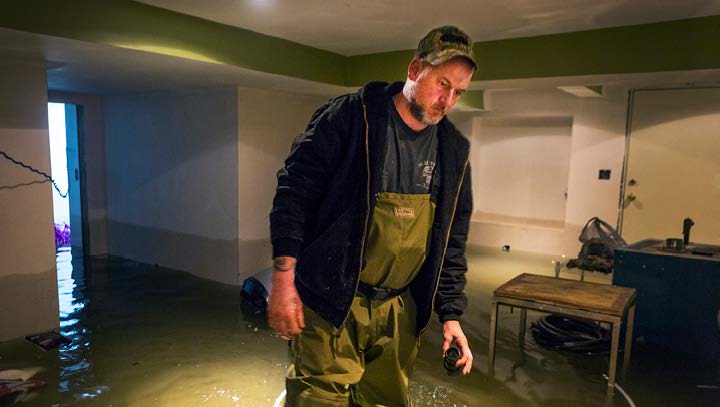
How do you document the human aspect of conservation and climate change research?
By the “human aspect” I intend to make stories of complex data sets and scientific research efforts more human. I do this by photographing the researchers in the field gathering samples or working in the lab. To take it further I go into neighborhoods where I can immerse myself within the community or industry that is affected by this research. For example, by photographing the volunteers on Cape Cod who rescue the cold stunned stranded sea turtles, we can talk about both a very unusual natural phenomenon that only happens on Cape Cod as well as the work of local citizens who become active members of conservation efforts.
Another example is the current project I am working on about the wild fisheries management system while looking at the rise of aquaculture and climate change in the Gulf of Maine.
By photographing the people involved (scientists, farmers, fishermen) I hope to make the connections needed to reach more people. Fishermen need to fish, people need to eat, fish need a healthy and thriving wild ocean environment. Industries that normally are at odds with each other want the same thing. And by photographing the human faces, the communities and the industries that rely on natural resources, we can find common ground within the data and science.

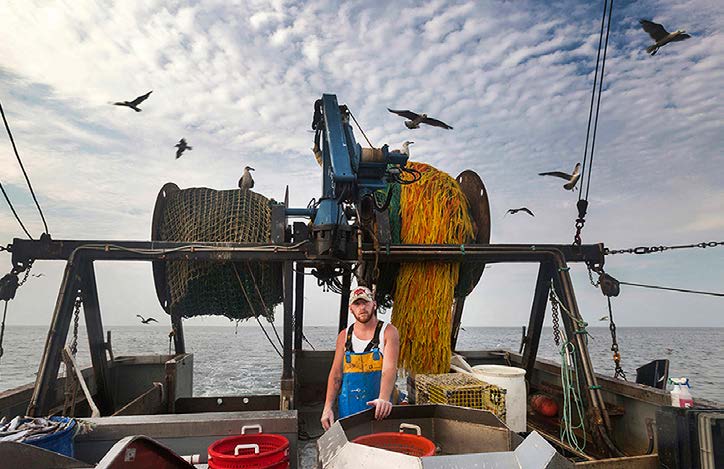
Do you mainly focus on conservation issues in North America?
Currently I concentrate on North America, specifically focusing on the coastal New England and Gulf of Maine environments. I primarily focus here because I am early in my career and still developing the relationships with larger publications and organizations that could possibly have the funding to send a photographer abroad. Also, this is my backyard and home.
I feel that turning the lens on your local community can be a very, maybe even the most, effective way to invoke change through imagery because you’re invested within your own community. It’s easier for people to listen to “one of their own.” This approach is a big help, especially with ocean issues. Although most people live near the coast, there is a huge disconnect with ocean science. The ocean is large and deep.
Most people will never see the wildlife that depends on this system; but the ocean literally affects everything—from our food, to our hydrologic systems, to our weather. The ocean is humanities lifeblood. By photographing and documenting the people on land, and finding a way to connect them through human stories is needed now more than ever. This is why Steve Adler from the Ocean Data Alliance and I are creating a small team to help spearhead the efforts of hosting a traveling Ocean Data Art exhibit.
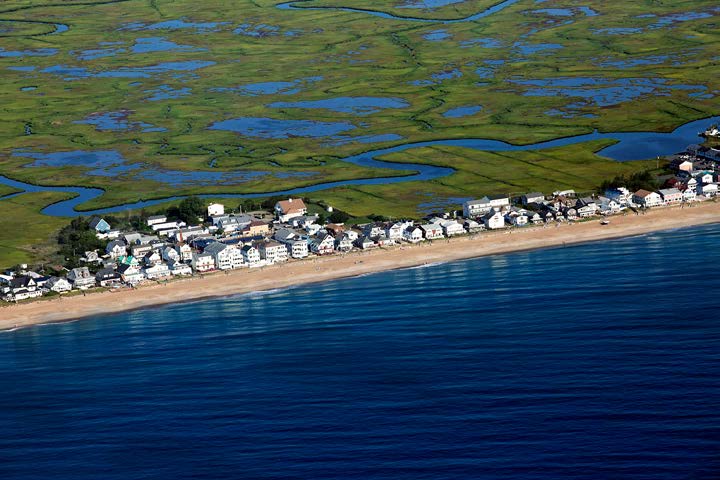
On your website, you show striking photographs and videos about conservation challenges in the Boston area. Do you find visuals to be a particularly impactful method of conservation journalism, compared to text alone?
The short answer is, YES! I would argue that images are even more impactful than words. We can all easily think of several images that changed the world - like some of the first images from space, images of war and famine, political protests, wildlife and conservation.
But do you remember the written text that went with those images?
I am not saying that words are not a vital part of our communication but it is imagery that gets to the core of humanity. Photography looks at the human condition truthfully and does not try to explain it. It just simply is.
The beauty and success of photography as a communication medium, is that it is a truth of one moment on earth that can help communicate the complex relationship we have with the planet and each other. It then also allows the viewer to learn and analyze the story through his or her own means in a way that words cannot do. Photography also crosses boundaries, a mental or a cultural one.
If you have a language based learning disability, like I do, or any other condition where reading is difficult, or you simply speak another language – photographs
cross all of those communication roadblocks and therefore they have the capacity to reach anyone, maybe even everyone - because these stories are about us.
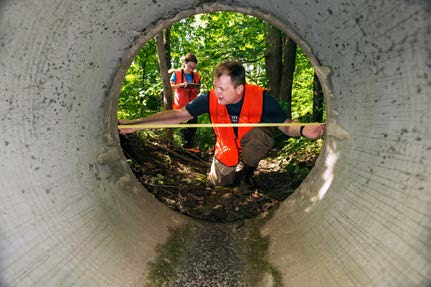

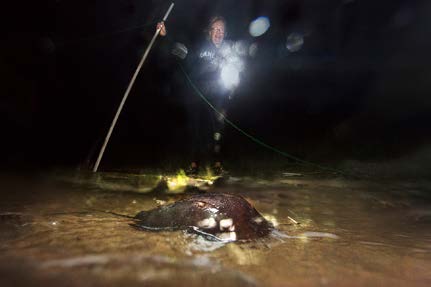
Lauren Owens Lambert photography from various projects. © Lauren Owens Lambert. All rights reserved.
Do you have any upcoming plans for your project, such as trips, events or exhibitions?
Yes, I am always moving forward with multiple projects at a variety of stages. One recent event is in New York at the United Nations for World Oceans Day where I am participating with the Ocean Data Alliance. I will be talking about and advocating for the importance of visual communication with ocean science and data communication. I also have two images that were selected as finalists and will be showcased at the U.N. event.
I am in early discussions and fundraising for the Gulf of Maine fishing story and the endangered Atlantic salmon conservation efforts to be made into a documentary and/or show.
Another 2019 project is to build off of a story on sea level rise I started with The GroundTruth Project a few years ago. Through a partnership with Boston Harbor Now, over the course of this year I will continue to photograph the people and businesses who rely on a healthy and productive ocean/harbor.
We hope to bring to light the human and economic side of sea level rise in the area. In January of 2020 we will host an exhibit and panel discussion to bring the community together, because climate change does not pick and choose, it affects us all.
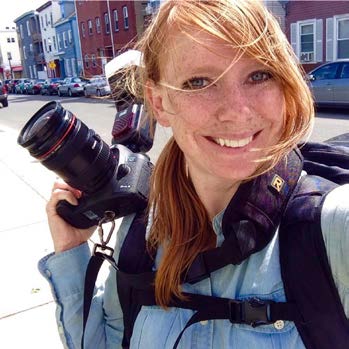
Final Thoughts
Lauren Owens Lambert shows the ‘behind-the-scenes’ of modern day conservation and geopolitical happenings. Through her lens, she brings forward the people who work closely with the environment in their daily lives.
Written language is less relied upon through the photographic medium. Stories in conservation challenges are presented within a single image. This breaks language and cultural barriers, reinforcing our connection to each other across the globe, and to nature. With Lauren’s involvement in various climate change and marine focused
projects, we look forward to seeing what footage she captures next.
Bio
Lauren Owens Lambert is an environmental photojournalist and filmmaker based in the Boston area whose work has a creative focus in documenting the human aspect of conservation and climate change.
In her work, she places people as part of natural cycles, a perspective that is sometimes lost in contemporary society. She partners and publishes with a variety of news organizations, environmental non-profit and research institutions.
Links
Web: www.laurenowenslambert.com
Instagram: Lauren.O.Lambert
